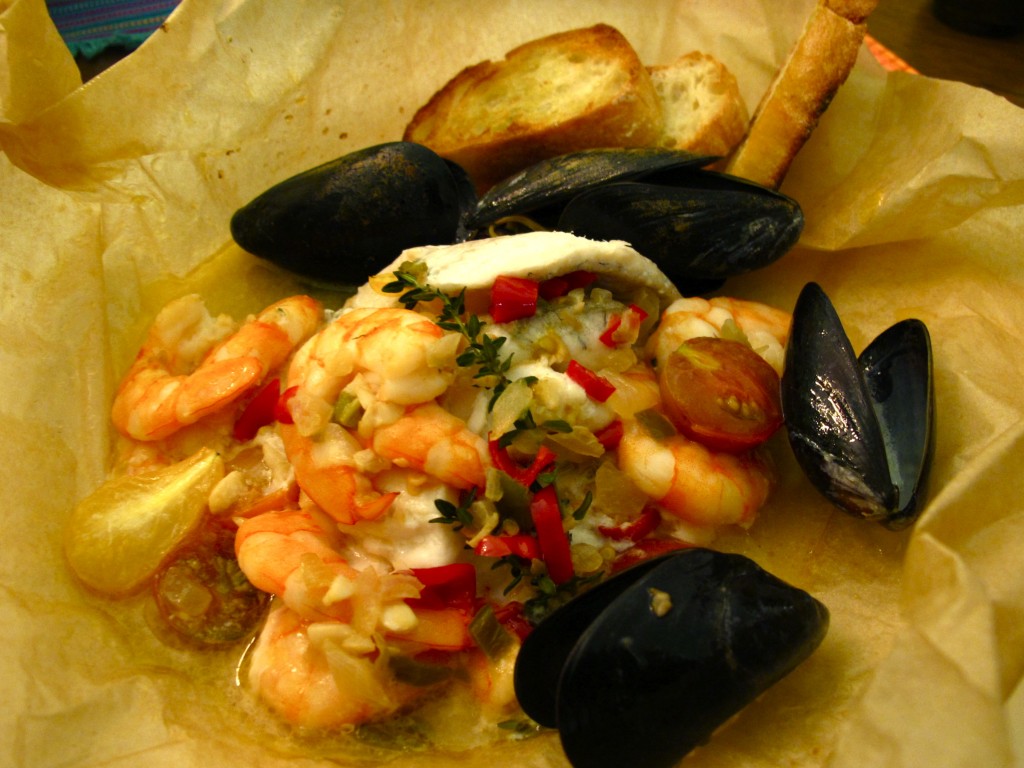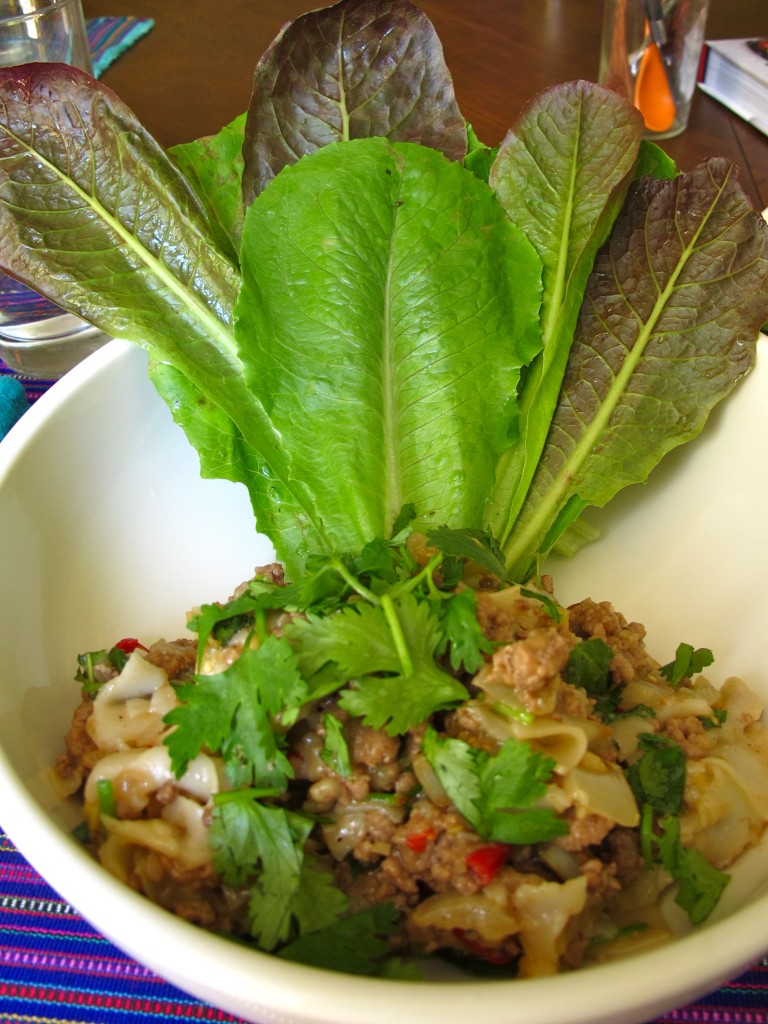Vouvray Two Ways
“This is it!” a dinner guest exclaimed. “Vouvray is our family wine.” After tasting it, I wished I could have hopped in my DeLorean, hit 88 miles per hour and stocked my family’s wine rack with the 2010 Clos Le Vigneau Vouvray. It would have gone brilliantly with the many servings of stir-fried beef rice noodles, steamed catfish with ginger and scallions and mapo tofu I feasted on throughout childhood. But then I’d be drinking underage, so I guess the next best thing I could wish for is entering my parents’ subconscious Inception-style and getting them to serve this Loire white to me on my 21st birthday, along with the aforementioned dishes. Or I could just pour it for them this Christmas.
It’s strange that I have Vouvray on the brain now as it is not a wine I drink very often. The last one I had was over a year ago; it was a sparkling, dry wine that I paired with a Sri Lankan feast. The bubbles held their own against all of the dishes, unlike the other wine I poured, a more mineral-driven, almost savory Trebbiano. I’ve tried many wines in the last year so I didn’t really have any expectations for the Clos Le Vigneau, but I figured seafood would do well at the dinner party during which I planned to serve the wine.

Flounder, shrimp and mussels in parchment
I hadn’t been to Talde yet but was intrigued by the Halibut en Papillote recipe of its chef de cuisine, Andrew Del Vecchio. I substituted the halibut for flounder and steamed the mussels on the stovetop because I forgot to add the mollusks into the parchment-paper bundles. The dish presents beautifully and was well received; I loved the feeling of the viscous wine washing over this texturally varied entrée, from the smooth cherry tomatoes to meaty prawns. However, I was hoping it would have turned out spicier to put this off-dry Chenin Blanc through its paces. A spicy Thai dish would have been an even more interesting pairing. But I doubt Emily Post would approve of re-corking a wine served to guests to save it for another meal, so I just had to imagine how the pairing would have gone with a dish I made the next day.
For lunch on Sunday, I raided our fridge for ingredients, coming out with ground pork, red Korean chilies, cilantro and flat, wide rice noodles, thinking I’d make a <i>larb</i>-like meal. The end result was perfectly piquant and especially delicious when the pork and noodles were wrapped in a crispy lettuce leaf. I’ll add it to this year’s Christmas menu.
Recipe: Spicy Ground Pork with Rice Noodles

Spicy Ground Pork with Rice Noodles
Ingredients:
1/2 lb ground pork
1-1/2 tbsp light soy sauce
1 tbsp cornstarch
1 tsp rice wine vinegar
1 tbsp water
1 tsp sesame oil
salt and white pepper
6 oz frozen flat wide rice noodles
6 sprigs of cilantro
1 sprig of mint
2 tbsp ginger
1 garlic clove
1/2 small onion
2 whole red Korean chilies, sliced
8-10 leaves of little gem lettuce
1-2 tbsp sweet soy sauce (kecap manis)
peanut or canola oil
Directions:
1) Marinate the pork with the light soy sauce, 1 tsp of the cornstarch, water, rice wine vinegar, salt and freshly cracked white pepper and sesame oil.
2) Wash and pat dry the lettuce leaves and herbs. Leave the lettuce leaves whole but tear the leaves off of the cilantro and mint stems. Roughly chop the herbs.
3) Mince the onion, garlic and ginger. Slice the chilies.
4) Heat a wok or frying pan until a drop of water evaporates upon contact with the pan. Add a tablespoon of oil.
5) Add the ginger, garlic and chilies to the wok, stirring quickly for 15 seconds so the ingredients release their aromas but do not burn.
6) Add the onion and stir until translucent, being careful not to burn the ingredients. Add a few teaspoons of water only if the ingredients in the wok are too dry.
7) Add the ground pork and cook until it’s about 80 percent done. Add the frozen noodles on top of the pork so the noodles are covering the pork; do not stir it.
8) Lower the heat to medium and cover the wok.
9) After five minutes check to see if the noodles have sufficiently thawed and warmed through. If the noodles are mostly thawed and quite supple, stir the mixture to combine the meat and noodles. If not, cover the wok for another few minutes.
10) Raise the heat to high, uncover the wok and stir in the mint and half of the cilantro, plus the sweet soy sauce, and salt and white pepper to taste. If there’s a lot of water in the wok (this depends on how frozen your noodles were), make a cornstarch slurry with the remaining 2 teaspoons of cornstarch and a tablespoon of water. Add to the middle of the wok and stir.
11) When a sauce has formed and sufficiently thickened, turn the heat off and ladle the pork larb with noodles into two big bowls. Arrange the lettuce leaves on one side of the bowl, and sprinkle the remaining cilantro on top of the dish.
